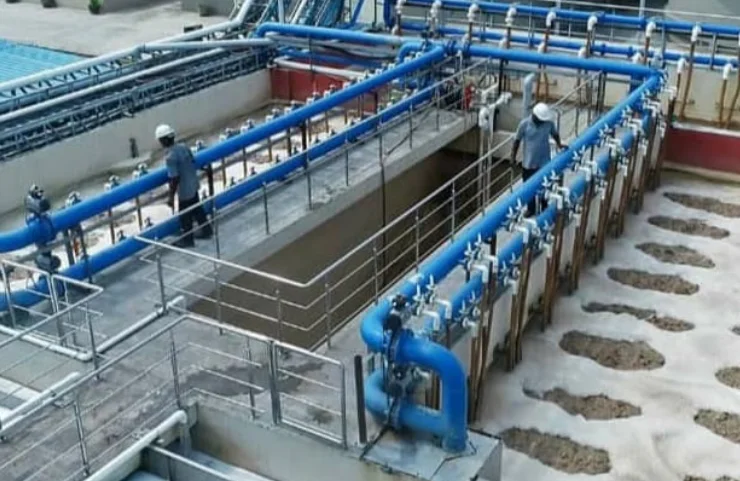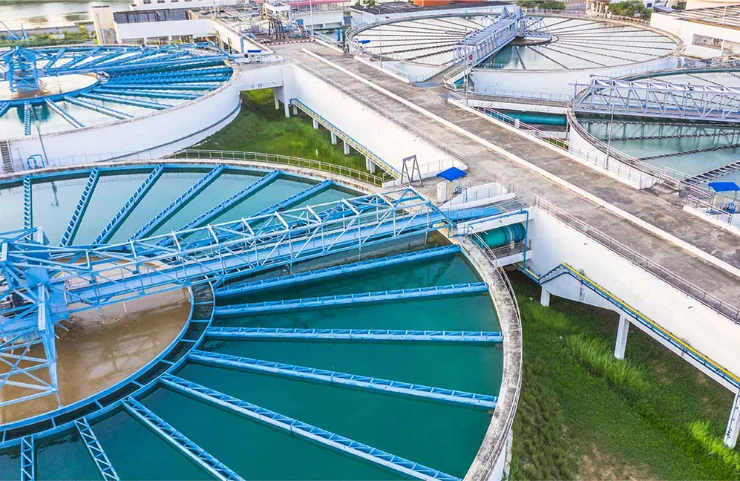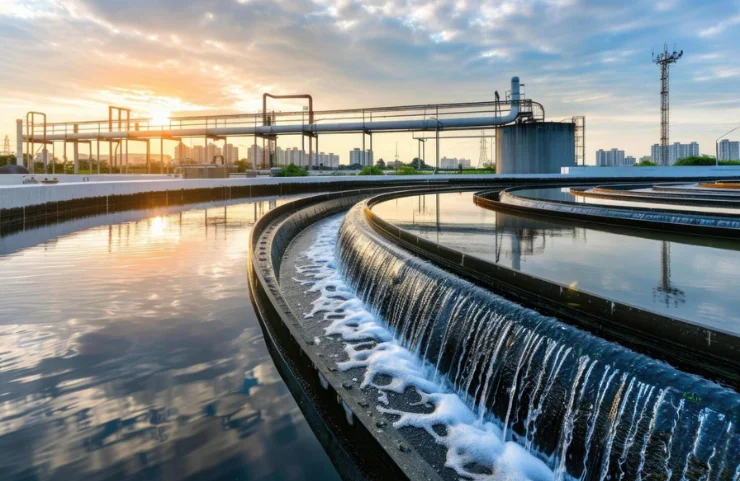Sewage Treatment Plant For hospital

Introduction
Hospitals generate significant volumes of medical wastewater containing biological and chemical contaminants. A well‑designed sewage treatment plant for hospitals is essential to ensure safe discharge, full compliance with environmental regulations, and sustainable wastewater filtration. For 18+ years, Aquacaresee Pvt. Ltd. (established in 2006) has led the water treatment industry in providing eco‑friendly, sustainable industrial wastewater treatment, including wastewater management for critical facilities like hospitals.
Why hospital sewage management is unique
- Core components of a hospital sewage treatment plant.
- Innovative wastewater purification and effluent treatment solutions.
- How Aquacaresee’s 18-year legacy adds value.
- Tips for compliance, ROI, and sustainable operations.
Let’s dive into how your facility can benefit from proven solutions in wastewater purification, industrial filtration, and medical plant sewage treatment.
Hospital Wastewater: Why It Requires Specialized Treatment
1. Types of Pollutants in Hospital Sewage
⦁ Biological hazards: pathogens, viruses, bacteria.
⦁ Chemical contaminants: disinfectants, pharmaceuticals, heavy metals.
⦁ Radiological effluents (in certain specialty units).
⦁ High BOD/COD loads require robust treatment.
2. Industrial Purification Systems
The company offers advanced purification systems that effectively remove contaminants from industrial wastewater. These systems are designed to handle high volumes and varying compositions of effluents, making them suitable for diverse industrial applications.
2. Regulatory Standards & Discharge Limits
- Explain CPCB norms
- Tie it to sustainable discharge and eco‑compliance
3. Risks of Untreated Hospital Sewage
- Public health threats
- Environmental damage
- Legal & reputational consequences
Key Components of a Hospital Sewage Treatment Plant
1. Pre‑Treatment & Screening Systems
- Bar screens, grit chambers.
- Importance in removing solids and protecting downstream equipment.
2. Primary Treatment
- Sedimentation tanks, clarifiers
- Deboning solids prior to biological treatment
2. Primary Treatment
- Sedimentation tanks, clarifiers
- Deboning solids prior to biological treatment
3. Secondary Treatment Techniques
- Activated sludge systems
- MBBR (Moving Bed Biofilm Reactor)
- SBR (Sequencing Batch Reactor)
4. Tertiary & Polishing Steps
- Filtration (sand, membrane)
- Disinfection: UV, Chlorination, Ozonation
- Removing viruses and pharmaceutical residues
5. Sludge Management & Dewatering
- Rotary drum filter, belt press.
- Safe disposal or sludge valorization.
Aquacaresee Pvt. Ltd.: 18+ Years of Water Treatment Excellence
Company Background & Legacy
Established in 2006, Aquacaresee Pvt. Ltd. has a strong track record:
- Industrial wastewater purification.
- Customized systems for chemical, oil, pharma industries.
- Public‑sector contract experience, including healthcare.
Cutting‑Edge Technology & R&D
- In‑house R&D, pilot‑scale models.
- Adaptable modular plants, remote monitoring, automation.
Hospital‑Specific Sewage Treatment Solutions
- Case study: 500 KLD plant for a multi‑specialty hospital.
- Emphasize compliance with CPCB/BIS norms & WHO guidelines.
Maintenance & After‑Sales Support
Scheduled preventive maintenance.
AMC services, spare parts, emergency response.

Benefits of Partnering with Aquacaresee for Hospital Plants
- Regulatory Compliance & Accreditation
- Cost‑Effective & Energy‑Efficient Systems
- Customizable Modular Designs
- Remote Monitoring & Smart Controls
- Expert Warranty & Service
- Sustainable & Green Technology
Sustainable Features & Green Innovation
1. Water Recycling & Reuse
RWH integration, zero‑liquid discharge features
Reclaimed water for landscaping, HVAC, cooling towers
2. Energy‑Efficient Pumps & Controls
VFDs, solar‑powered lifts
3. Eco‑Friendly Materials & Construction
Non‑toxic chemicals, minimal carbon footprint
4. Future‑Ready Adaptability
Scaling from 100 KLD to 2 MLD
Easy retrofits
Frequently Asked Questions (FAQs)
1. What is a sewage treatment plant for hospitals?
A sewage treatment plant (STP) for hospitals is a specialized system that treats medical and biological wastewater, ensuring it’s safe for discharge into the environment or for reuse, in compliance with local health regulations.
2. Why is hospital sewage different from regular domestic sewage?
Hospital sewage contains biohazardous waste, pharmaceutical residues, and chemical contaminants. These pose higher health and environmental risks and require advanced treatment processes for safe disposal.
3. What technologies are used in hospital STPs by Aquacaresee Pvt. Ltd.?
Aquacaresee Pvt. Ltd. uses MBBR (Moving Bed Biofilm Reactor), SBR (Sequencing Batch Reactor), and tertiary filtration with UV disinfection to ensure high-efficiency treatment tailored to hospital needs.
Contact Us
At Aquacaresee Pvt. Ltd., we are committed to providing high-quality wastewater treatment solutions tailored to your needs. If you have any questions or want to learn more about our services, please feel free to get in touch with us.
- Phone: + 91 – 96532 47121
- Email: marketing@aquacaresee.com
- Website: www.aquacaresee.com
Conclusion
As hospitals grow in scale and complexity, the need for advanced sewage treatment becomes more critical than ever. A reliable hospital sewage treatment plant not only ensures compliance with environmental norms but also promotes public health, safety, and sustainability. With over 18 years of expertise since its founding in 2006, Aquacaresee Pvt. Ltd. stands out as a trusted partner for customized, energy-efficient, and future-ready wastewater treatment solutions. From modular designs and automation to post-installation service, Aquacaresee delivers on every front—compliance, cost-effectiveness, and environmental responsibility.











